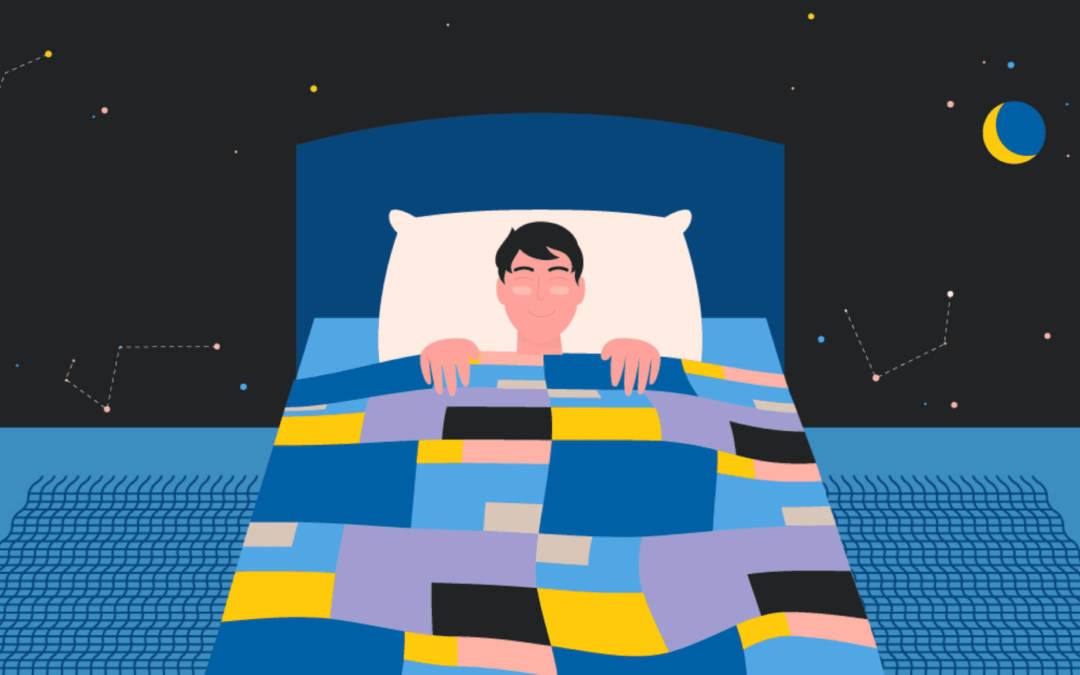Sleep is often neglected, though a very essential part of our daily routines. Obtaining healthy sleep is important for optimal physical and mental health, improving productivity and overall quality of life. Without sleep, we can’t form or maintain the pathways in our brain that enable us to learn and create new memories, and it’s harder to concentrate and respond quickly to our environment.
HOW MUCH SLEEP DO YOU NEED?
The need for sleep and sleep patterns change as one ages, however this varies significantly across individuals of the same age. There is no stipulated number of sleep hours that works perfectly for everybody of the same age. Babies initially sleep as much as 16 to 18 hours per day, which is vital for their growth and development. School-age children and teens on average need about 9.5 hours of sleep per night. Most adults need 7-9 hours of sleep a night, but after age 60, night time sleep tends to be shorter, lighter, and interrupted by multiple awakenings.
SIGNS OF POOR SLEEP HYGIENE
Having a hard time falling asleep, experiencing frequent sleep disturbances, and suffering daytime sleepiness are the most common signs of poor sleep hygiene. An overall lack of consistency in sleep quantity or quality can also be a symptom of poor sleep hygiene
COMMON SLEEP DISORDERS
Obstructive sleep apnea:
This is a sleep disorder that involves cessation or a significant decrease in airflow characterized by recurrent episodes of upper airway collapse during sleep. It is usually associated with restless sleep, excessive daytime sleepiness, and fatigue.
Insomnia:
Insomnia is defined as repeated difficulty with sleep initiation, maintenance, consolidation, or quality that occurs despite adequate time and opportunity for sleep and that results in some form of daytime impairment. Insomnia can be primary or secondary when it is linked to other existing health conditions like depression. It is usually a transient disorder but can sometimes progress to become chronic.
Narcolepsy:
Narcolepsy is a disorder characterized by the classic tetrad of excessive daytime sleepiness, cataplexy (brief and sudden loss of muscle tone), peri-sleep hallucinations, and sleep paralysis. Daytime sleepiness can be severe leading to involuntary sleepiness during activities such as driving, eating, or talking. It runs in families and typically occurs between the ages of 15 and 25 years.
Parasomnia:
Parasomnias are disruptive sleep disorders that involve abnormal movements, behaviors, emotions, perceptions, and dreams that occur while falling asleep, sleeping, between sleep stages, or during arousal from sleep. They are commonly characterized by nightmares, night terrors, sleepwalking, sleep talking, restless leg movements amongst other phenomena.
Period Limb movement disorder:
Periodic limb movement disorder (PLMD) is a sleep disorder characterized by rhythmic movements of the limbs during sleep. The movements typically involve the legs, but upper extremity movements may also occur. The condition is remarkably periodic, and the movements may cause poor sleep and subsequent daytime somnolence/sleepiness.
TIPS FOR IMPROVING SLEEP HYGIENE
- Set a schedule: go to bed and wake up at the same time each day.
- Try to keep naps relatively short and limited to the early afternoon
- When changing your sleep schedule, aim for a gradual rather than sudden adjustment
- Dim Your Lights: Try to keep away from bright lights because they can hinder the production of melatonin, a hormone that the body creates to facilitate sleep
- Unplug From Electronics:Build in a 30-60 minute pre-bed buffer time that is device-free. Cell phones, tablets, and laptops cause mental stimulation that is hard to shut off and also generate blue light that may decrease melatonin production
- Exercise 20 to 30 minutes a day but no later than a few hours before going to bed.
- Avoid caffeine and nicotine late in the day and alcoholic drinks before bed.
- Relax before bed: Try a warm bath, reading, or any other relaxing routine.
- Don’t lie in bed awake. If you can’t get to sleep, do something else, like reading or listening to music, until you feel tired.
Most sleep disorders are amenable to treatment so endeavor to contact a qualified doctor if you are experiencing any problem with sleeping.

